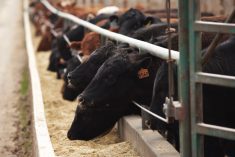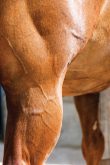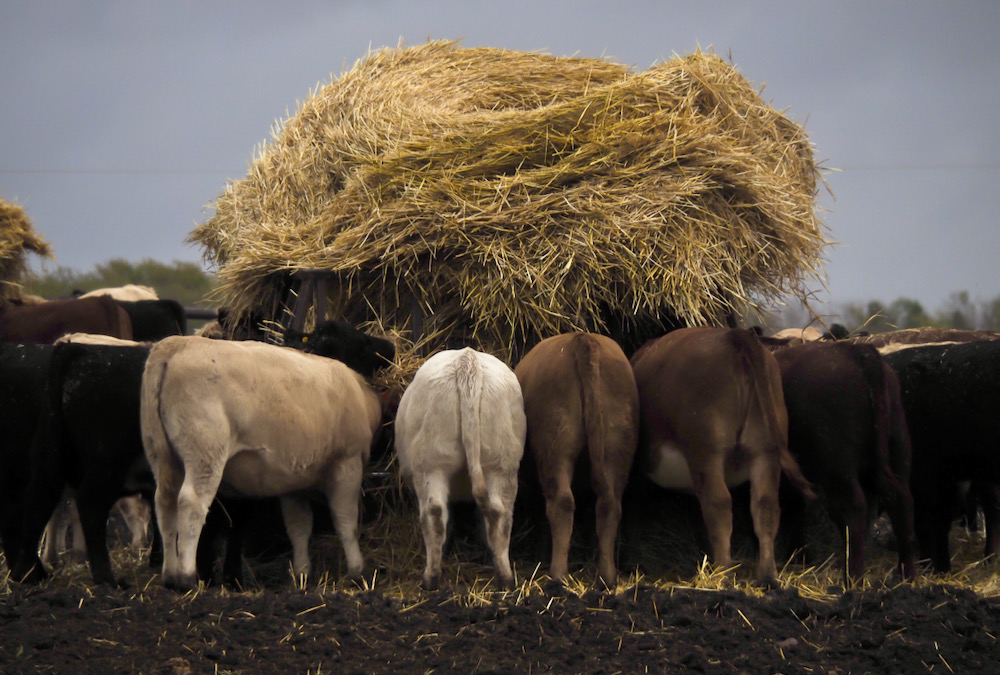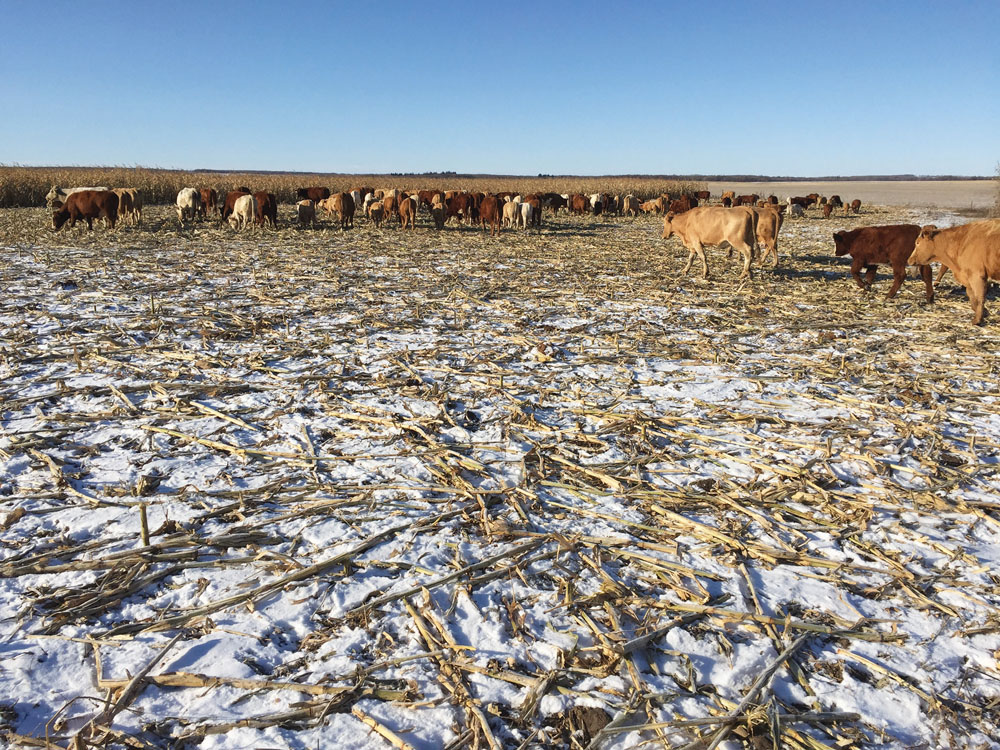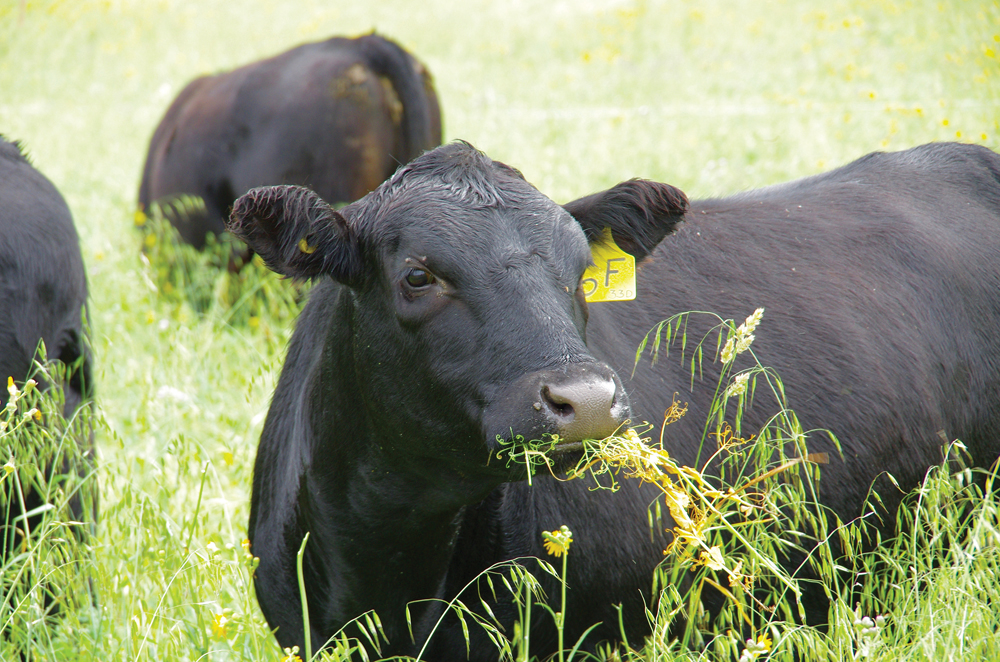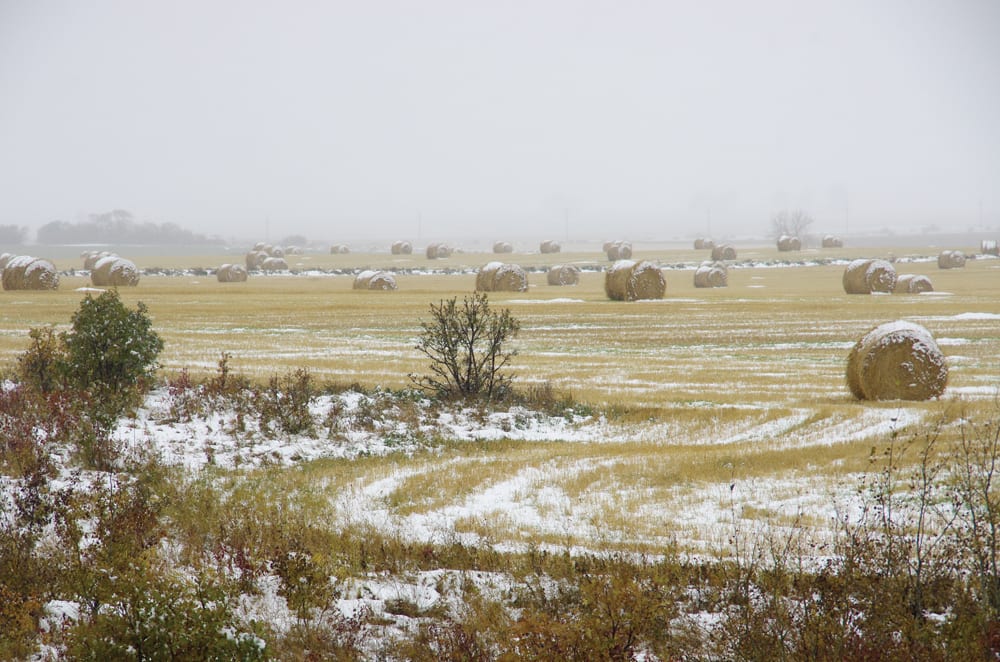What mineral supplementation do I need and when do I need it?
Beef producers might know they should supplement their herds with mineral, but trying to wade through all the choices at the livestock supply store can be overwhelming.
Commercial suppliers seem to make claims and offer something different, but with tubs and bags of every colour and price available, how do you know which one is right for your herd? What mineral does your cattle actually need and how is it best delivered?
In general, beef cattle producers should be supplementing mineral to their herds whether they are grazing or being fed a winter ration, said Megan Van Schaik, a beef cattle specialist with Ontario’s Ag Ministry.
Read Also
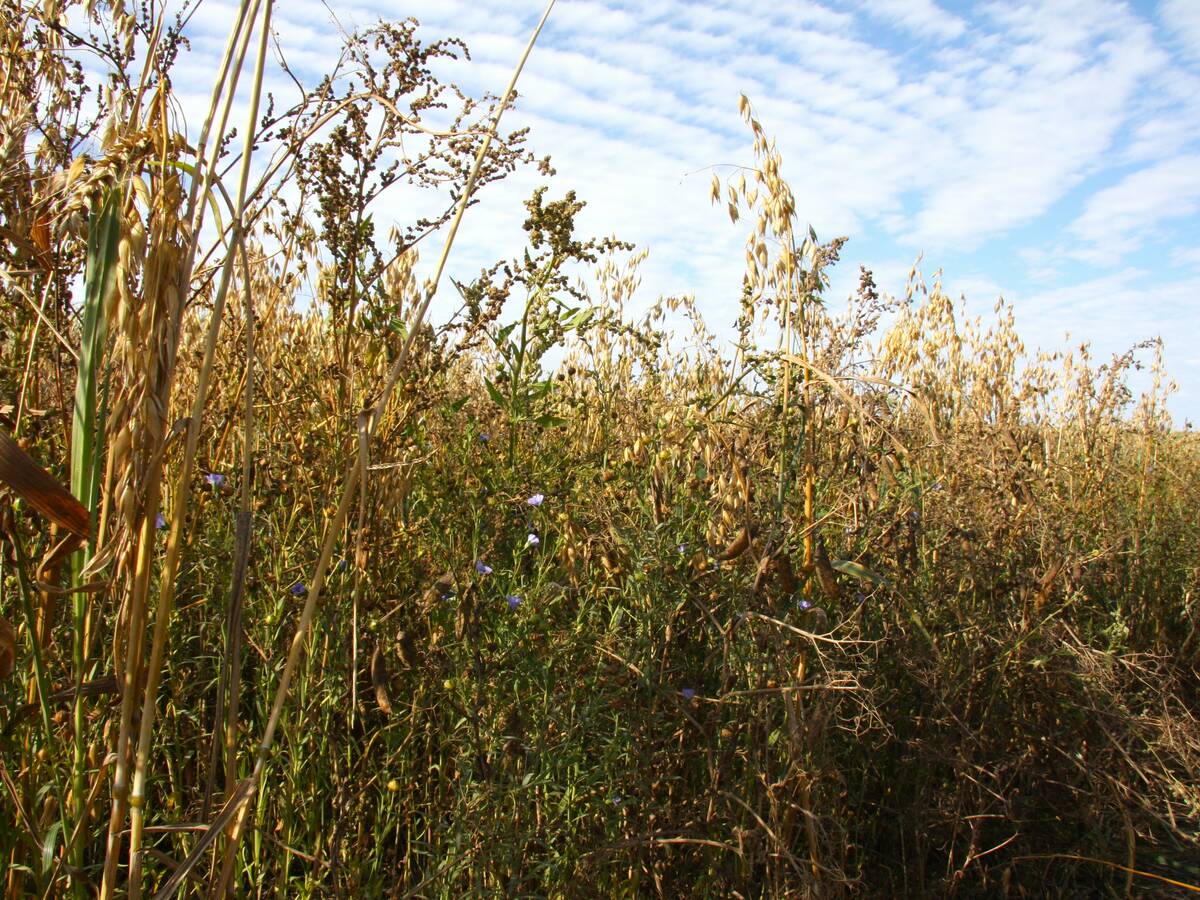
PepsiCo nearly doubles regenerative scope
Another 240,000 farm acres managed through regenerative agriculture will be supported by PepsiCo across Manitoba and Saskatchewan by the end of 2025.
A host of variables can impact mineral nutrition and deficiencies in beef herds.
“They present in many different ways and alarm bells usually go off when we see reproductive issues,” she said, adding mineral status can be linked to general health problems and even calf abnormalities.
Mineral deficiencies can also cause less obvious production losses that can be easily avoided with proper supplementation. A study that tracked trace mineral status of Prairie herds identified some key gaps, noting that up to 43 per cent of cows sampled were deficient in copper.
Why do cattle need mineral supplementation?
Beef cattle rely on at least 17 minerals which are categorized as macrominerals and microminerals (also known as trace minerals).
Macrominerals include calcium (Ca), magnesium (Mg), phosphorus (P), potassium (K), sodium (Na), chlorine (Cl) and sulphur (S). They are needed in relatively large quantities of more than 100 parts per million (ppm). Macromineral requirements are usually expressed on a per cent dry matter (% DM) basis in an animal’s ration.
Beef cattle also need 10 microminerals, also referred to as trace minerals, including chromium (Cr), cobalt (Co), copper (Cu), iodine (I), iron (Fe), manganese (Mn), selenium (Se) and zinc (Zn). These are needed in small quantities, and as such are often expressed on labels as ppm (parts per million), or mg/kg.
Minerals are required for several functions including skeletal development, immunity, production, nervous system maintenance and overall metabolism. Perhaps even more importantly, minerals interact with other minerals, vitamins and water or feed sources. This can limit absorption or availability.
The concentration of minerals in forages and feeds varies depending on soil, plant and management factors. While spring pasture growth looks lush, the reality is that few pastures — regardless of plant species — fully meet the mineral requirements of a lactating cow.
Both macrominerals, such as calcium, phosphorus and magnesium, and trace minerals, such as copper and zinc, are in short supply in tame and native pastures and therefore require supplementation.
Also, as a cow goes through gestation, calving and then attempts to breed back, her mineral requirements fluctuate. Supplementation is necessary to keep her on track.
Drought conditions and water quality can complicate mineral nutrition, and different anti-quality factors will impact certain minerals and their absorption.
“The only real way to find if you have mineral deficiencies and antagonistic factors is to test feeds and water,” said Van Schaik.
Include mineral analysis of forages and feed ingredients as part of regular feed testing. Testing for calcium and phosphorus will show the ratio present in the feed. The ratio of calcium to phosphorus in a diet should be between 2:1 and 6:1. Analyzing magnesium, potassium and calcium in feeds is important to ensure the ratio of potassium relative to calcium and magnesium combined is below 2.2, which will prevent tetany.
Feed testing is particularly important when producers may be feeding alternative feeds such as drought-stressed crops or canola forage, or when cattle may be drinking stock water that is high in total dissolved solids (TDS). For example, copper deficiency is a standard concern for many areas of Canada but in a drought situation, elevated sulphate levels in stock water can make a bad problem worse by tying up available copper. This can lead to a reproductive wreck which could be prevented with mineral supplementation containing appropriate levels of copper.
Too much sulphur can also cause sulphur toxicity and should be analyzed in both water and feed samples. Cumulative sulphur levels from water and feed should be less than between 0.3 and 0.4 per cent to prevent toxicity which can result in polioencephalomalacia.
Molybdenum also ties up copper, so testing forages for molybdenum will help producers understand if they have higher levels and are at risk for copper deficiency.



